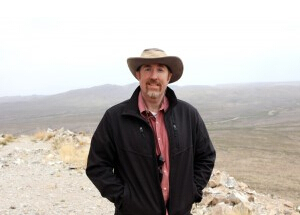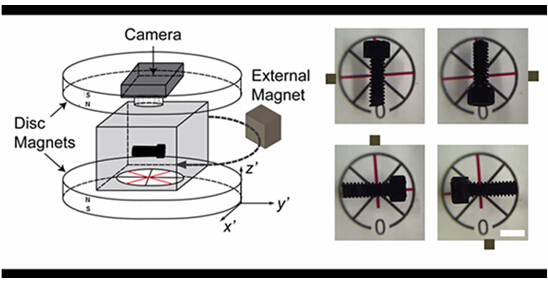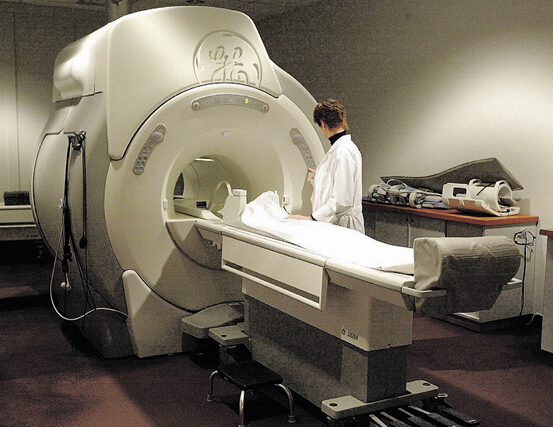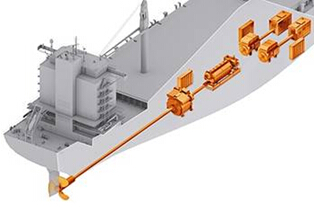
I recently paid a visit to Round Top, the rare-earth-element (REE) project being developed by Texas Rare Earth Resources Corp. (OTCQX: TRER) in Texas.
Round Top is one of five peaks that make up the Sierra Blanca range. According to the company’s most recent Preliminary Economic Assessment (PEA) report, these peaks are rhyolite laccoliths – intrusions of magma that have welled up between layers of sedimentary rock to formed domed structures. The topmost layer of sedimentary rock has eroded over time, resulting in the present exposed rhyolite formations.
The project is located approximately 85 miles southeast of the city of El Paso, just 3 miles north of the I-10 interstate highway. There is an active rail spur that terminates less than three miles from the base of Round Top Mountain.
Round Top has an average grade of 0.06 wt% total rare-earth oxide (TREO), with an average heavy REO (HREO) distribution of 70-72% of the TREOs present (depending on your definition). The project is also of interest for potential by-products of beryllium, lithium, niobium, tantalum and uranium.
Despite the low TREO grade, company personnel indicate that across the deposit, the distribution of the main REE-bearing mineral variety yttrofluorite is highly uniform, with the host rock was highly amenable to leaching in dilute acid, after crushing. Leach tests have showed recoveries of over 90% of the HREEs present via this leaching process. once leached, the pregnant solution would be subject to a multi-stage process to remove undesirable elements, before separation and purification via solvent extraction.
Texas Rare Earth Resources (TRER) plans to produce approximately 3,200 t / year of separated REOs, with an anticipated initial mine life of 20 years. The Round Top deposit is located on land owned by the state of Texas. In 2011, TRER entered into renewable leases with the state General Land Office (GLO) for the land that includes Round Top and the vicinity. TRER also owns the surface lease and has prospecting permits on other land nearby.
TRER works closely with the University of Texas at El Paso (UTEP) on various aspects of the Round Top deposit, and its amenability to processing. Under a joint UTEP-TRER research contract, TRER provides funds for supplies, equipment usage and support personnel for the laboratory investigations.
While visiting UTEP we saw experiments demonstrating just how permeable the host rock is at Round Top, to dilute acid. We also saw data strongly indicating that there is little geographic variation of concentration of individual REEs in the deposit, and no trend with depth, indicating that there is consistent grade of REEs from the top to the bottom of the Round Top deposit.
Hudspeth County, the home of Round Top, is larger than the states of Delaware and Rhode Island combined, yet has a total population of only 3,500 people, making it the sparsest populated county in Texas. It is also the poorest. TRER personnel commented that TRER has received very significant local support to date, not least because of the prospect of high-quality, well-paid jobs that would be created as a result of the project going into operation. The company plans to hire local people wherver possible, and hopes to attract back into the area, people who had to leave to find work elsewher.
A 6.25% royalty is typically paid on GLO mineral leases, which is used to fund the public school system in Texas. The anticipated $500M in royalties that this represents from Round Top, over the initial 20-year life of the mine, effectively gives the state of Texas a vested interest in the success of the Round Top project. The ongoing collaborative work at UTEP may grow and become even more significant as the project progresses, too, with apparent strong support elsewher in the Lone Star State as well.
TRER notes that because the project is on state (not Federal) land, the route to permit approvals for Round top has the potential to be more straightforward, when compared to situations that involve the Federal Bureau of Land Management or the US Forestry Service.
In addition to teaming up with UTEP to advance the leaching work, the company continues to work with third parties such as RDI, Gustavson Associates and Lyntek in Denver on the specific design of the scaled-up leach processes, as well as to optimize the extraction and purification process for the pregnant leach solution, once produced. The most critical questions for the company revolve around the cost-effectiveness of the proposed heap-leach process, and their ability to do that process in an environmentally sustainable manner. All indications are that TRER is asking the right questions and doing the right testwork, to determine answers to those questions.TRER sees one of its biggest challenges as getting people past the idea that just because a REE project based on rhyolite has not been commercialized before, does not mean that it can’t be done in the future. There is merit to this comment; every project has its own set of unique characteristics and parameters, which mean that it will succeed or fail on its own merits or shortcomings. If a company produce a range of products at a cost that is less than the going market rate, you have yourself a business. It will be for TRER to demonstrate that it do just that, and I look forward to seeing how they do.


 Magnetic attraction
Magnetic attraction Embedded metal in humans could pose a risk
Embedded metal in humans could pose a risk Electric Power Conversion B.V.
Electric Power Conversion B.V. The Switch to Be Acquired by Yaskawa
The Switch to Be Acquired by Yaskawa







